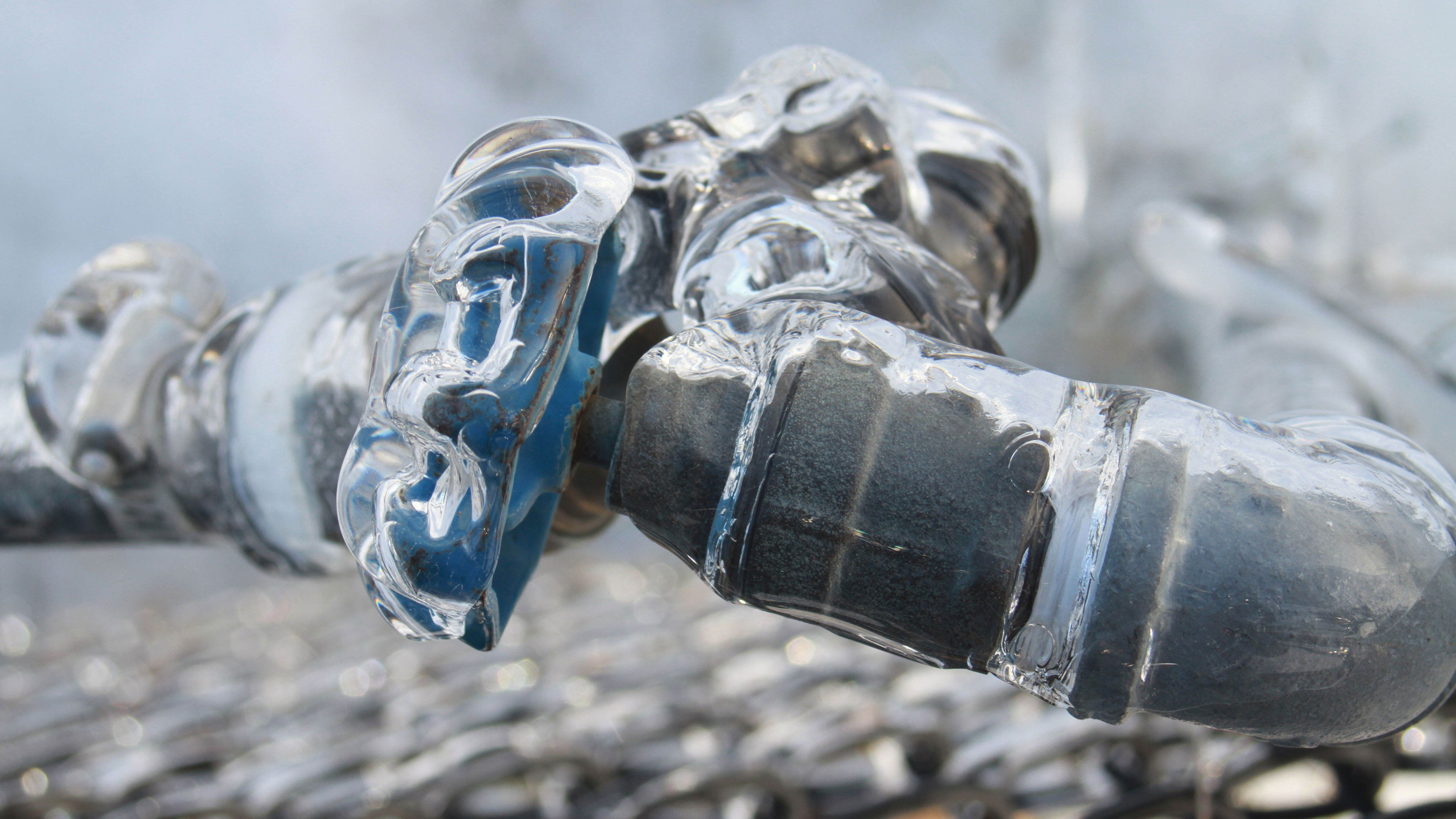With events such as the recent waves of cold across the US only set to become more frequent, frozen pipes are likely to be a common issue. As such, every renter and homeowner should have an idea of how to thaw frozen pipes.
When temperatures go below freezing, water inside your pipes can freeze and expand, which can rupture the pipes. This in turn can lead to leaks and flooding, causing hundreds of dollars of damage.
While the best course of action when this occurs is to ring a plumber and get a professional to sort the situation, there are some things you can do to thaw a frozen pipe, or to prevent it from freezing in the first place.
How to locate a frozen pipe
The first step in thawing a frozen pipe is identifying which pipe is frozen, and where. While it sounds straightforward, it can be more complicated than you think. The frozen pipe could be in a wall, outside, or in hard-to-reach places such as the basement or inside a cabinet. Keep that in mind while you conduct your search.
In order to find out if one of your pipes has frozen, you'll need to open all your faucets one by one, including those in the garden. If water doesn't come out of one of them, it could be a sign that water has frozen inside it somewhere.
From there, you'll have to trace back along the pipe and find the place where it feels ice cold - this is a tell tale sign that it's frozen.
How to thaw a frozen pipe
Once you've located your frozen pipe, the most important thing to do is to turn off water at the mains tap. This is often located in your basement or garage. Once that's done, open all the faucets in your house (kitchen and bathroom sinks, bathtub, garden hose, etc) so the excess water in the pipes can be drained out.
After these precautions are taken, the process of thawing a frozen pipe can be summed up pretty simply: you'll need to apply gentle heat to the pipe (though keep in mind you should absolutely not use a direct flame to do so).
This can be done with a variety of household items, such as a hairdryer or a heat lamp. Turn the heated items on a low setting and place them a few inches off the pipe to start the thawing process. You could also use a heating pad placed on the frozen pipe, or a towel soaked in water, wrung out, and microwaved for 30 seconds. If your pipe is inside a wall, you can resort to an infrared lamp placed two feet away from it.
It does take some method to thaw frozen pipes. Alex Hoyle, Civil Engineer and Consultant, says, "Make sure to heat the pipe progressively to avoid rapid expansion of the pipe. If you heat something that was cold too quickly, it can crack". It's also recommended that you start on the edge of the frozen area and work your way in so the water can melt and trickle out progressively.
The whole process can take up to an hour, while the pipe thaws fully. Once it's done, you should check for leaks inside the thawed pipe by running water and identifying where it might be cracked.
How to prevent freezing pipes
If you're worried about the cold weather in your region and the effect it will have on your pipes, there are things you can do to try and prevent frozen pipes:
• Make sure all your pipes are properly insulated, especially those outside your house.
• If necessary, you can use a heat cable to warm the pipes in particularly cold parts of your house, such as the basement, garage, or in your yard.
• Heat your home consistently in the winter, including areas such as the basement or the garage that get particularly chilly. If you're going away, leave your thermostat on a low heat so your house doesn't get too cold.
• When you're heating the house, open any cabinets or cupboards inside which your pipes live so they can benefit from the heat too.
If you're looking for heating solutions to warm your house this winter, you can browse our guides to the best space heaters and the best baseboard heaters.

